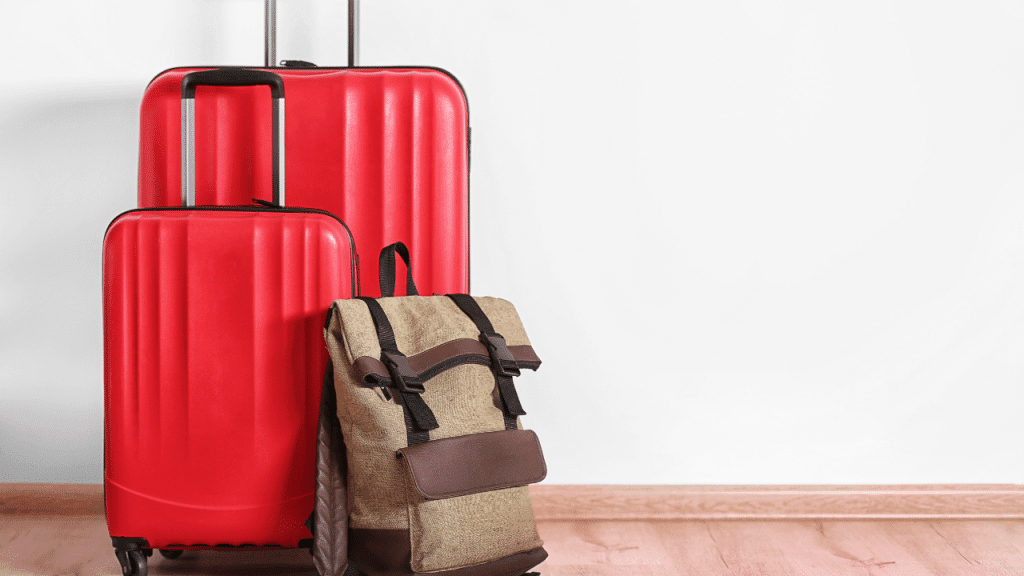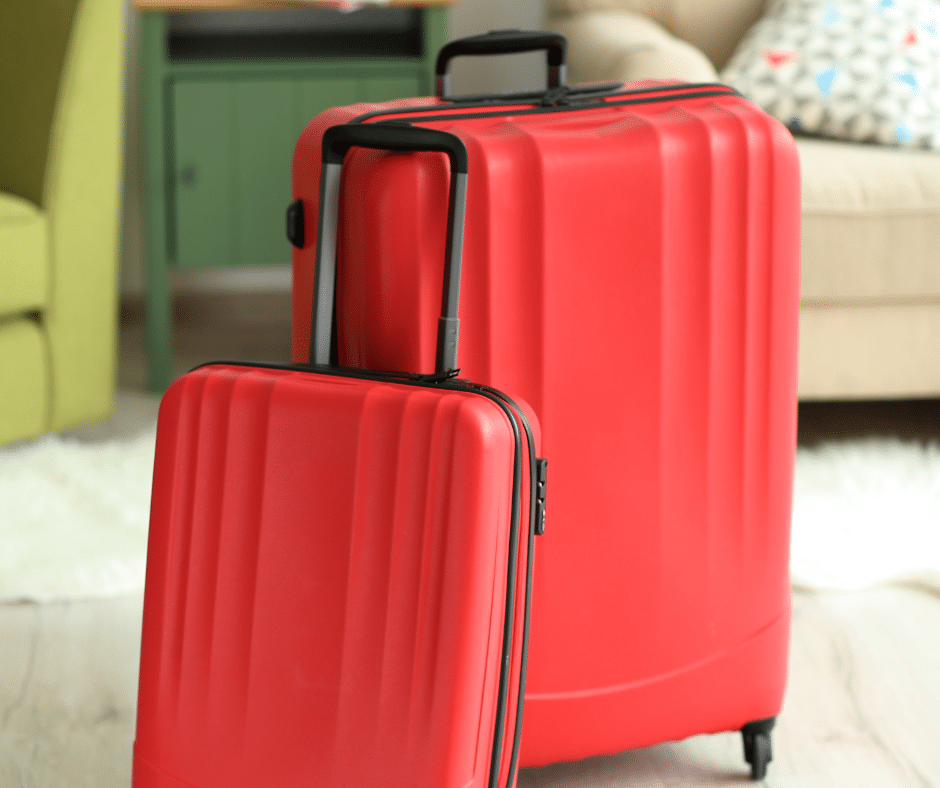
Introduction
Behold, the art of linguistic mastery as we delve into the elegant and expressive Spanish language. Today, we will unlock the mystery of how to say “suitcase” in Spanish, equipping you with the knowledge to navigate the land of flamenco, tapas, and breathtaking landscapes. With confidence and authority, let’s explore the proper pronunciation and usage of the word “suitcase” in this beautiful language.
Key Takeaways:
- Suitcase in Spanish is “la maleta”.
- In some Spanish-speaking countries, “el maletín” can also refer to a smaller piece of luggage or a briefcase.
- When discussing travel and luggage in Spanish, it is important to use the correct gender and article with the word “maleta”. For example, “una maleta” (feminine) for “a suitcase” and “la maleta” for “the suitcase”.
- The plural form of “la maleta” is “las maletas”, and for “el maletín” it is “los maletines”.
- Other related terms include: “el equipaje” for luggage or baggage and “la valija” or “el baúl” for trunk or chest.
- Understanding how to say “suitcase” in Spanish is essential for travelers and individuals learning the language, as it is a common and practical term.
- Using the correct vocabulary for luggage and travel items will help you communicate effectively in Spanish-speaking environments and enhance your language skills.
Basic Spanish Vocabulary for Travelers
One of the most useful skills a traveler can have is communicating and understanding the local language. Mastering some basic Spanish vocabulary will go a long way in helping you navigate the streets, order food, and interact with locals in Spanish-speaking countries.
Commonly Used Travel Items in Spanish
An essential part of traveling is being able to pack efficiently and easily carry your belongings. Here are some commonly used travel items in Spanish:
- Suitcase – maleta
- Passport – pasaporte
- Map – mapa
- Camera – cámara
- Money – dinero
This will help you communicate with locals and ensure a smoother travel experience.

Phonetic Tips for Pronunciation
For travelers who may not be familiar with Spanish, it is important to pay attention to pronunciation to be understood. Here are some phonetic tips for better pronunciation:
- The letter “j” is pronounced like the “ch” in the Scottish word “loch,”
- The letter “ñ” is similar to the “ny” sound in the word “canyon,”
- The double “ll” is pronounced like the “y” in “yes.”
This will help you understand and improve your communication with Spanish speakers.
How to Say Suitcase in Spanish
The Spanish Term for Suitcase
Spanish has a specific term for suitcase: “la maleta.” This word is commonly used in Spain and most Latin American countries to refer to a piece of luggage for transporting clothing and personal belongings during travel.
Another term used for suitcase in certain regions is “la valija.” This term is more common in Argentina and Uruguay and is also widely understood in some parts of Central America and the Caribbean.
Variations and Regional Differences
One important variation to note is that in Mexico and some other parts of Latin America, the term “la maleta” can also refer to a trunk or a larger, more traditional suitcase. It’s essential to be aware of this regional difference to avoid confusion when using the term in these areas.
A key regional difference lies in the use of “la maleta” versus “la valija,” with the latter being more commonly used in the Southern Cone of South America. Understanding these variations will enhance your ability to communicate effectively in Spanish-speaking countries.
It’s important to be mindful of these regional differences in order to communicate effectively while traveling or speaking with Spanish speakers from various regions. Being aware of these variations will help you to use the correct term and avoid any potential misunderstandings.
Practice Exercises: Using the Term in Sentences
Differences in regional terminology can often be subtle, but they are important to acknowledge in order to speak Spanish accurately. Practice using both “la maleta” and “la valija” in sentences to become more comfortable with these variations and improve your overall language skills.
Term practice exercises are crucial for becoming fluent in Spanish. By incorporating these exercises into your language learning routine, you can develop a deeper understanding of how to correctly use the term for suitcase in different Spanish-speaking regions, and feel more confident in your language abilities.

Factors Affecting Language Use in Spanish-Speaking Countries
After considering the diverse range of Spanish-speaking countries worldwide, it becomes clear that many factors influence the language. These factors can include regional dialects, socio-economic status, formality of context, and historical influences. Perceiving the complexities of language use in Spanish-speaking countries requires an understanding of these various elements.
Regional Dialects and Their Influences
Affecting the use of language in Spanish-speaking countries, regional dialects play a significant role in shaping vocabulary, pronunciation, and even grammar. The diversity of dialects across various regions has been influenced by historical, cultural, and geographical factors, leading to distinct linguistic variations. For example, the Spanish spoken in Spain differs from that spoken in Latin America, and within Latin America, further regional differences impact language use.
Formal vs. Informal Contexts
Dialects also play a crucial role in determining language use’s formal or informal context. In many Spanish-speaking countries, there are specific rules and norms for using formal language in professional or official settings and informal language in casual or personal interactions. The distinction between formal and informal language affects vocabulary, grammar, and even the use of pronouns, reflecting the complex socio-cultural dynamics within these contexts.
Contexts such as business, education, and interpersonal communication are heavily influenced by these formal and informal language norms, creating a dynamic linguistic landscape that reflects the nuances of Spanish language use in various settings.

Additional Tips for Effective Communication in Spanish
Despite the growing popularity of Spanish as a second language, effective communication still requires attention to certain nuances. To ensure successful communication in Spanish, consider the following:
- Practice speaking with native speakers to improve pronunciation and fluency
- Learn the difference between formal and informal language use
- Be aware of regional variations in vocabulary and accents
- Use simple, clear language to avoid misunderstandings
Knowing these tips will help you confidently and easily navigate conversations and interactions in Spanish.
Key Phrases for Traveling
An essential aspect of effective communication while traveling in a Spanish-speaking country is being familiar with key phrases. These phrases include greetings, asking for directions, and ordering food. Memorizing and practicing these phrases beforehand can greatly enhance your travel experience and interactions with locals.
Cultural Sensitivity and Language Use
Additional considerations for effective communication in Spanish involve cultural sensitivity and appropriate language use. Consistency of cultural norms, customs, and social cues can prevent unintended misunderstandings or offenses. Further, understanding the significance of titles and forms of address in Spanish-speaking cultures is crucial for respectful communication.
For instance, addressing someone with the appropriate title, such as “Señor” or “Señora,” indicates acknowledgment and respect, contributing to positive and meaningful communication.

Conclusion
Considering all the points discussed, it is clear that “suitcase” in Spanish translates to “la maleta.” This word is commonly used in Spanish-speaking countries to refer to a travel bag or luggage. As travelers, it is important to learn key vocabulary, such as “maleta” to effectively communicate and navigate in a Spanish-speaking environment. Understanding and using the correct terms can enhance our cultural experience and make our travels more enjoyable and seamless.
FAQ
Q: How do you say “suitcase” in Spanish?
A: “Suitcase” in Spanish is “maleta.”
Q: Are there any regional variations for the word “suitcase” in Spanish?
A: In some Latin American countries, “maleta” is also called “valija.”
Q: How can I use the word “suitcase” in a sentence in Spanish?
A: You can say “Necesito comprar una maleta nueva” which translates to “I need to buy a new suitcase.”
Q: What is the plural form of “suitcase” in Spanish?
A: The plural form of “maleta” is “maletas.”
Q: Can you provide some related vocabulary words for “suitcase” in Spanish?
A: Other related words include “equipaje” (luggage) and “bolsa de viaje” (travel bag).
Q: Are there any common phrases or expressions related to “suitcase” in Spanish?
A: Yes, “hacer la maleta” means “to pack the suitcase,” and “facturar el equipaje” means “to check in luggage.”
Q: What are some cultural considerations when using the word “suitcase” in Spanish-speaking countries?
A: It’s important to be mindful of local customs when handling luggage, such as tipping porters or following airport regulations for baggage.